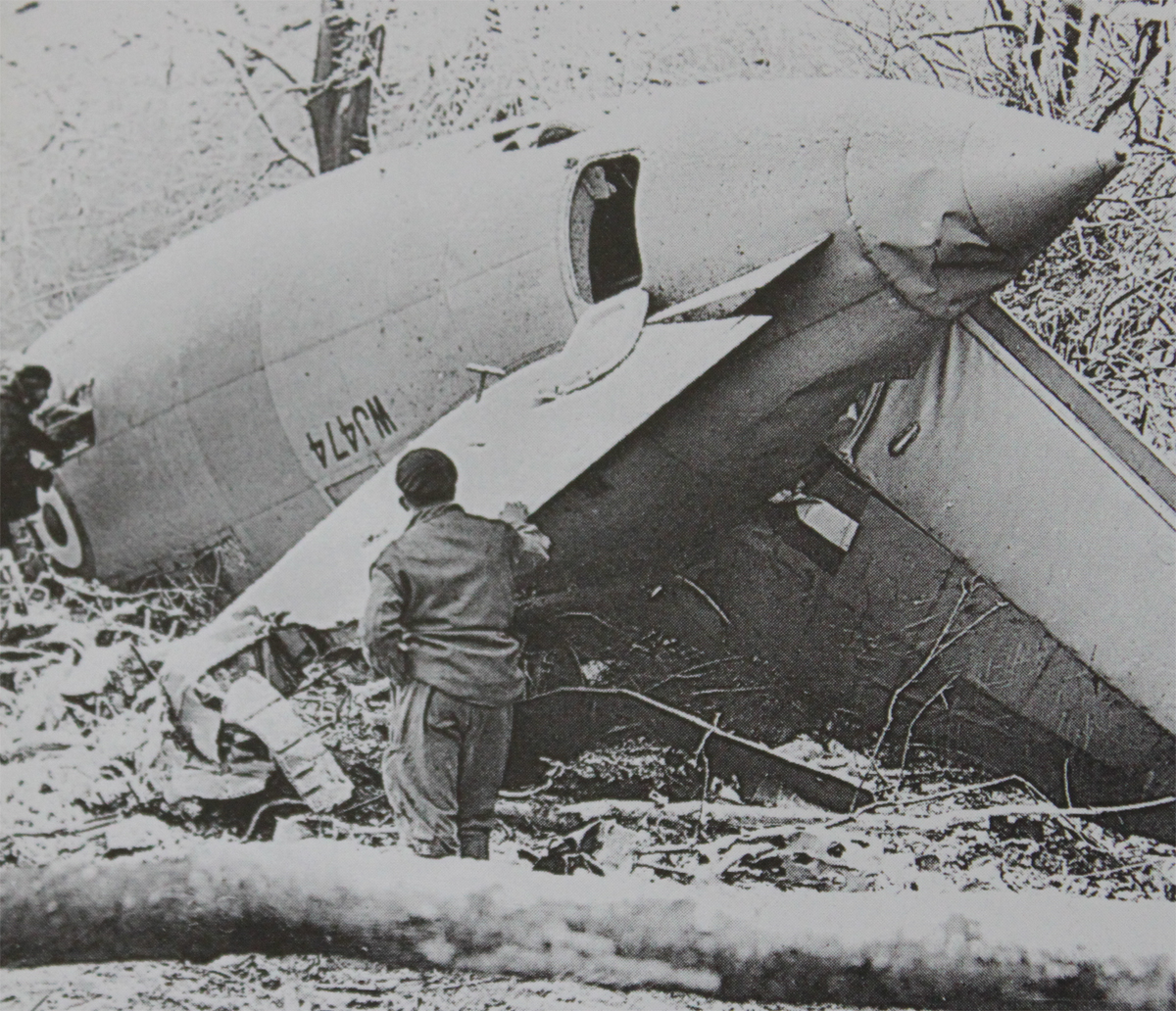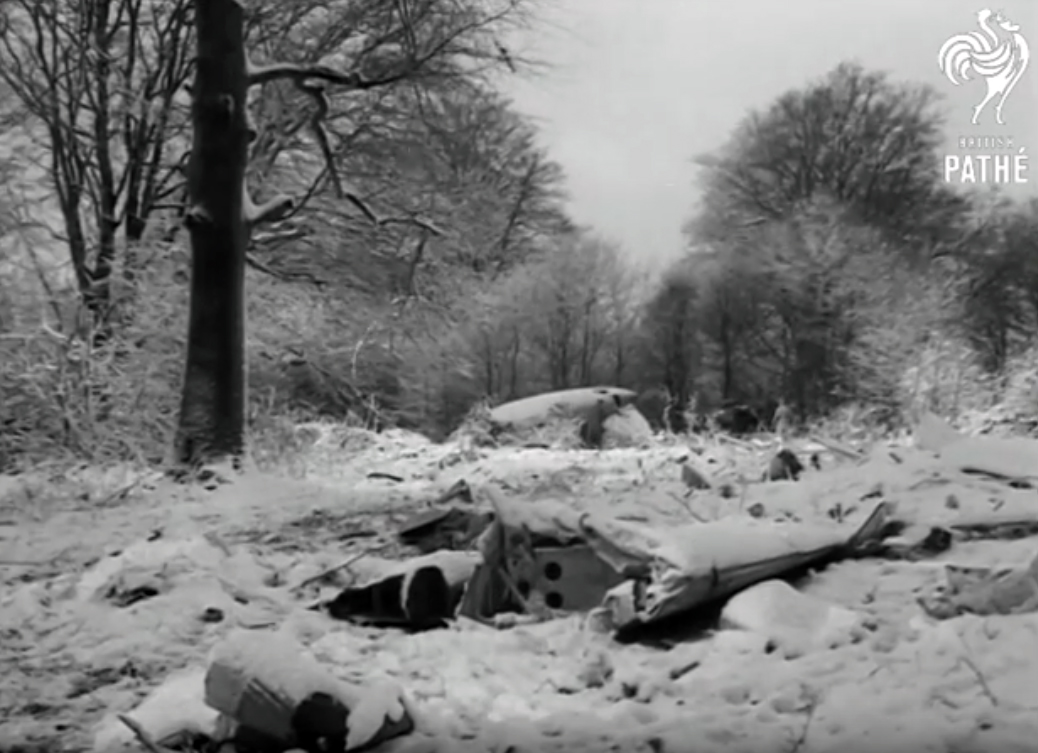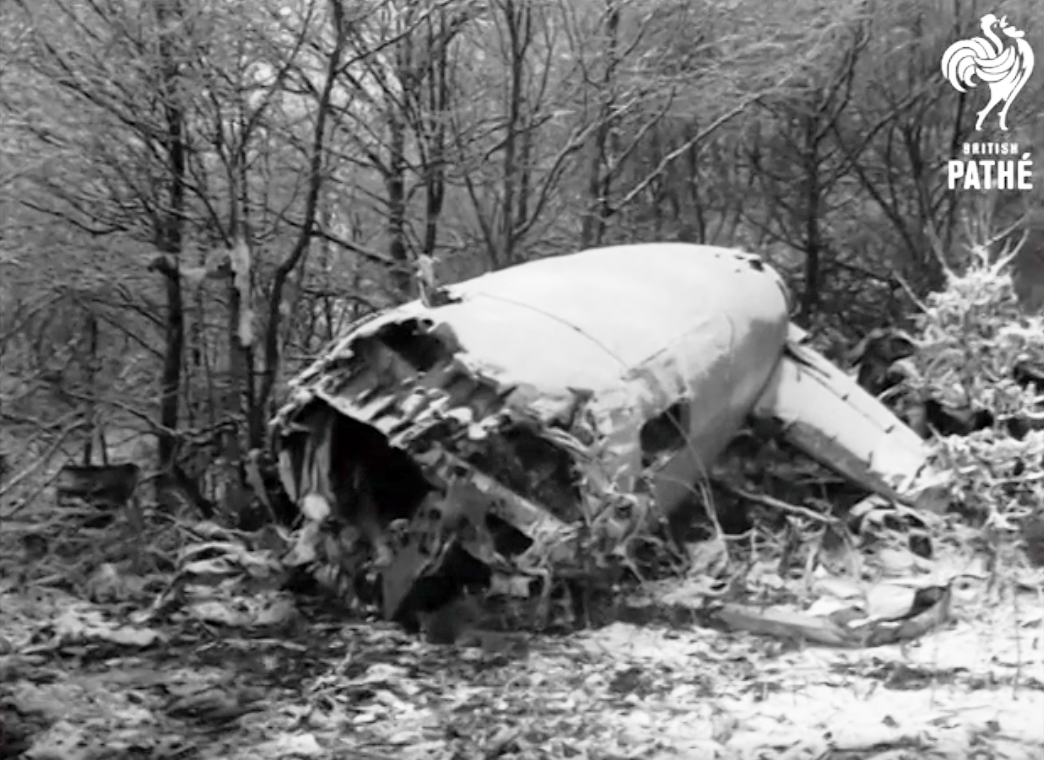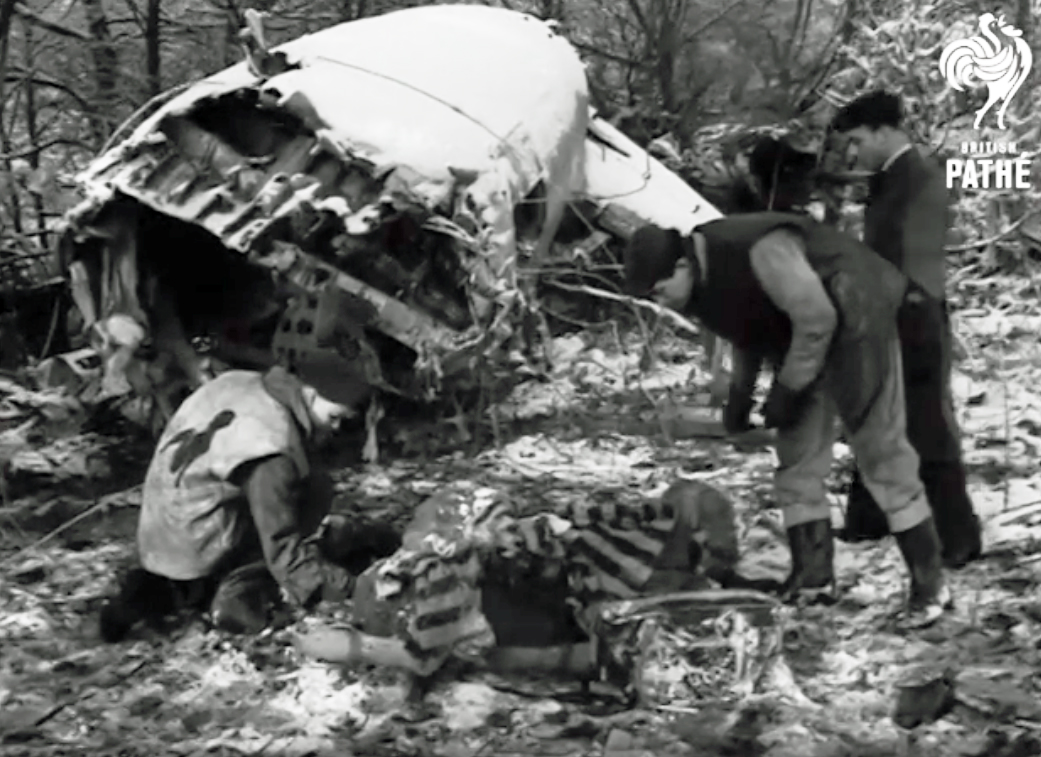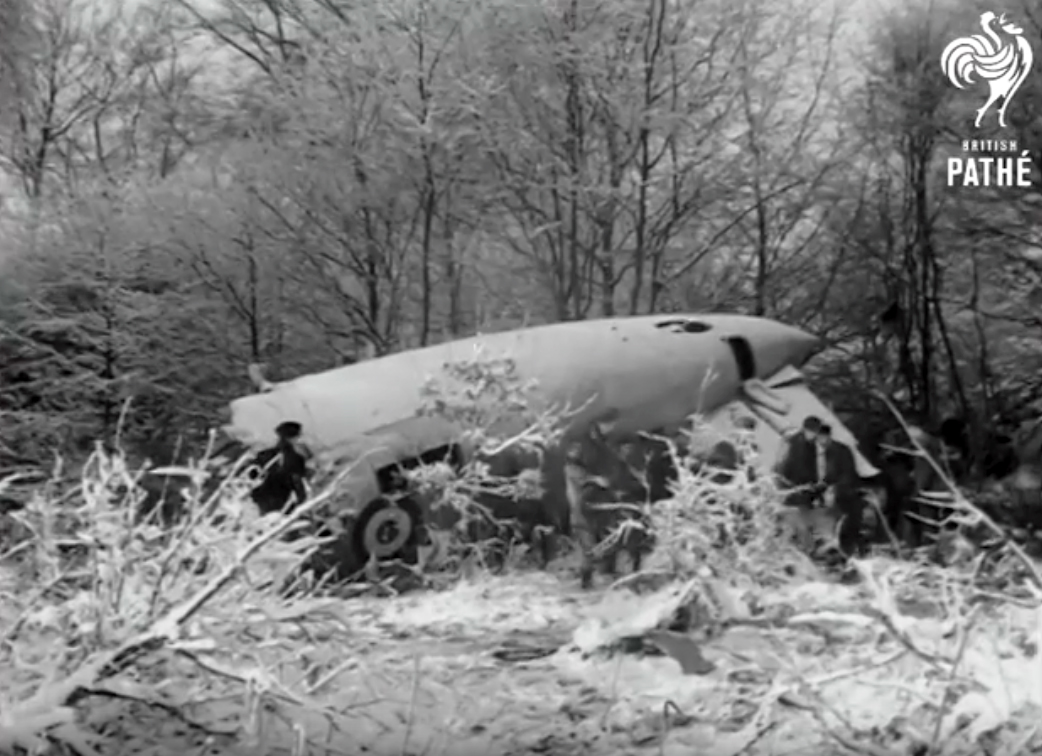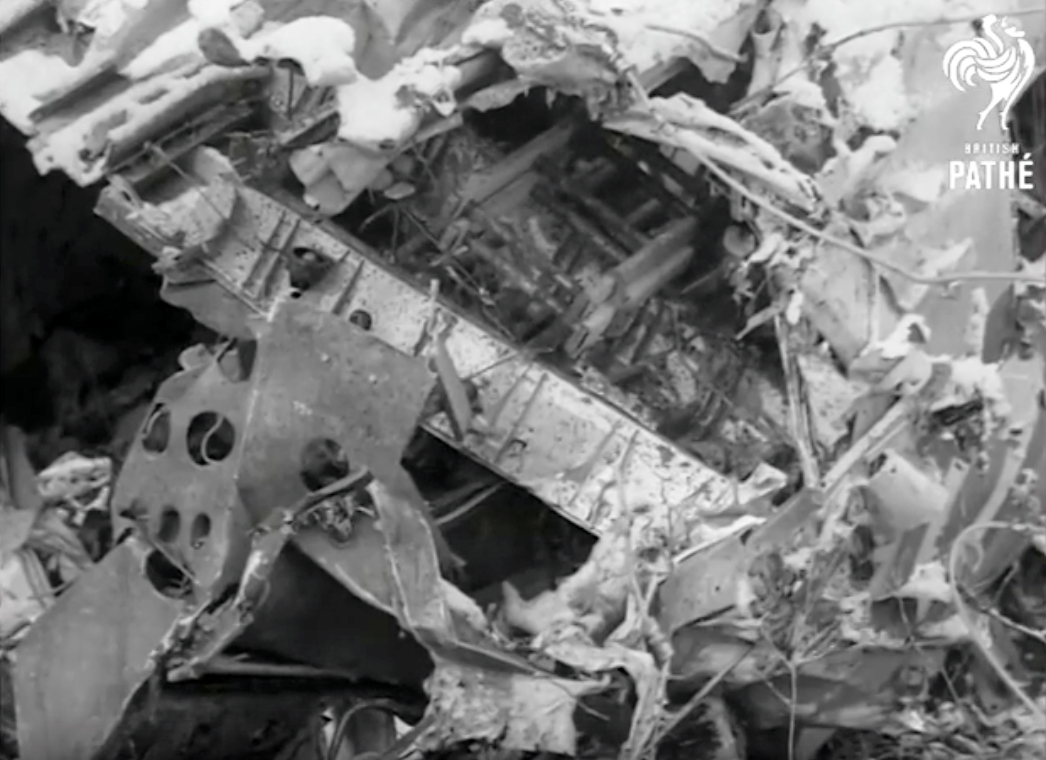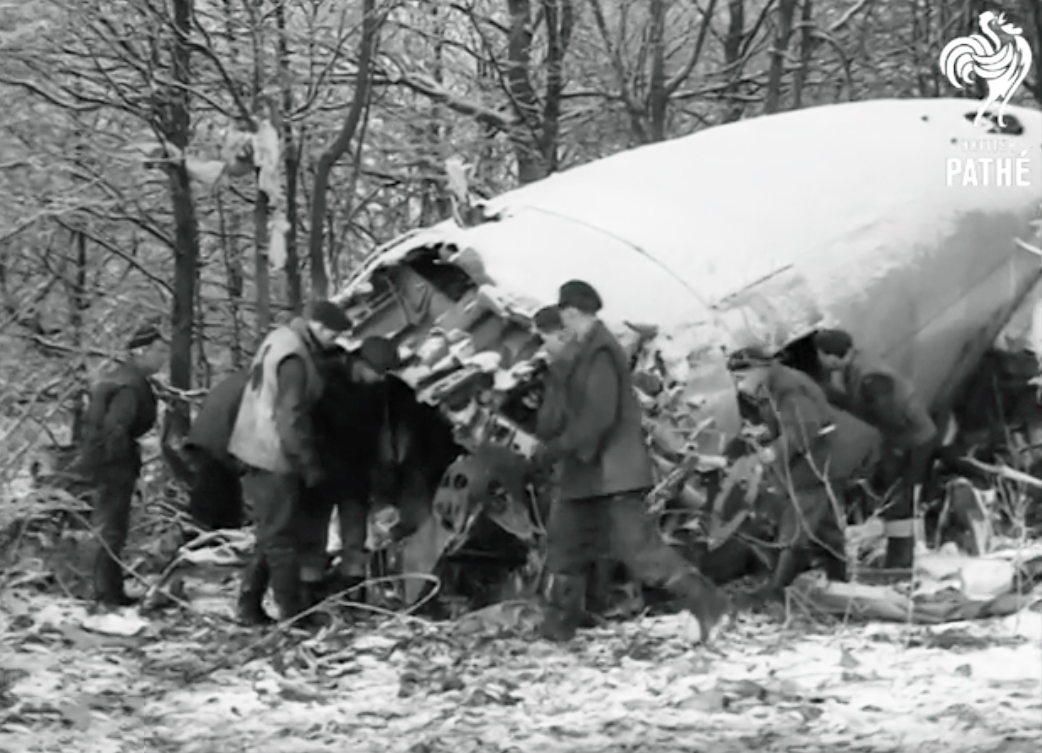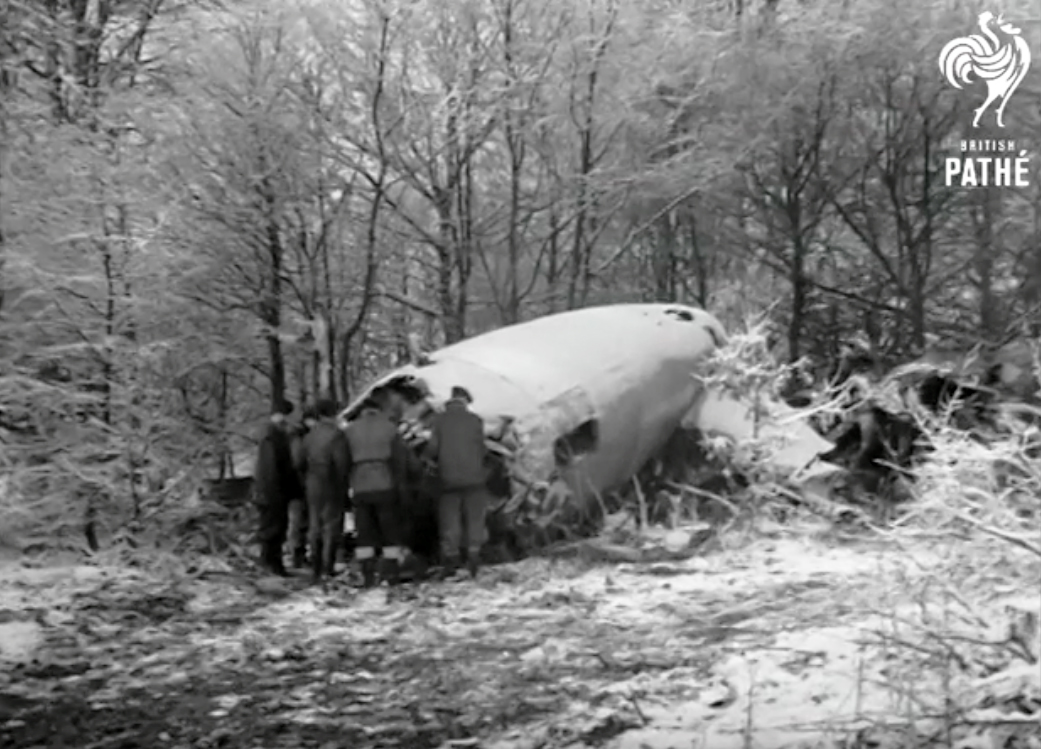Crash of a Vickers 648 Varsity T.1 at RAF Thorney Island
Date & Time:
Apr 12, 1954
Registration:
WF428
Survivors:
Yes
Schedule:
Thorney Island - Thorney Island
MSN:
570
YOM:
1952
Crew on board:
4
Crew fatalities:
Pax on board:
0
Pax fatalities:
Other fatalities:
Total fatalities:
0
Circumstances:
The crew was completing a local training at RAF Thorney Island. During the descent, the instructor voluntarily shot down an engine when on final, the remaining engine lost power. The aircraft lost speed, stalled and crashed short of runway. All four crew members were injured and the aircraft was damaged beyond repair.
Probable cause:
Engine loss of power on final.

